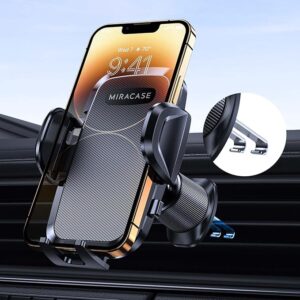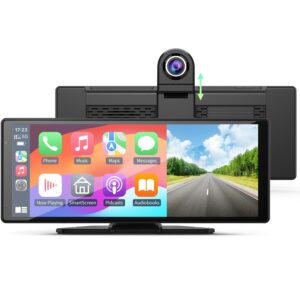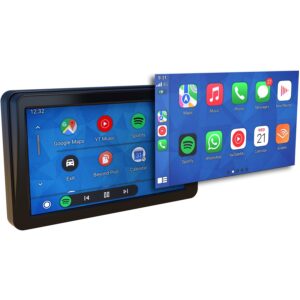When you drive out onto the road, you’re expected to focus your attention on the road in front of you. If you’re travelling 60 kilometres an hour, and you look at your phone for two seconds, this means you're travelling blind for about 33 metres. A lot can happen in 33 metres!
Research from the Australian Automobile Association shows that using your phone while driving is as, if not more dangerous than drunk driving. It’s the main contributing factor in around 16% of serious casualty crashes on the road. As a result, the Australian government has imposed laws and restrictions on mobile phone use.
Regulation 300 of the Australian Road Rules prohibits drivers from using their phones unless their vehicle is parked. This means that no matter where you are in Australia, you’re not allowed to use your mobile phone while your car is in motion. Even if you’re stuck in traffic or driving down a quiet street, the law dictates you need to park first.
The ‘use’ of your mobile phone includes the following:
- Holding it in your hand even if you are not making a call or texting
- Moving the phone from one position to another
- Turning the phone on or off
- Touching or holding the phone while texting
The fine print does vary though, so let's break down how you can and can’t use your phone while driving in Australia.





